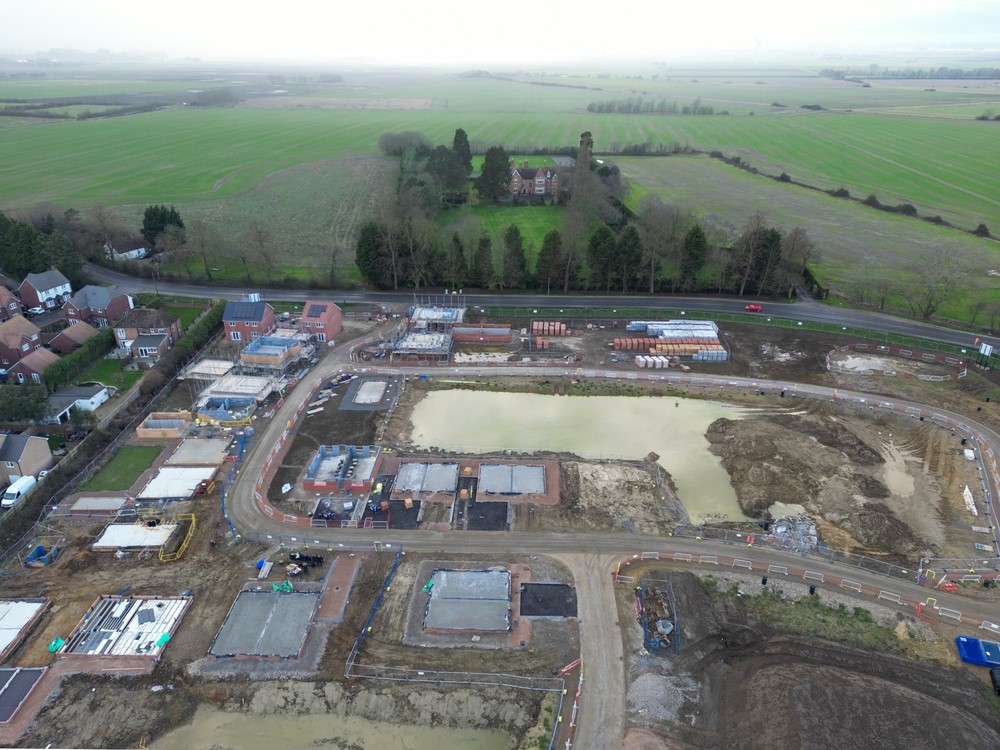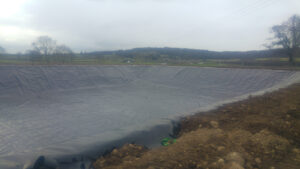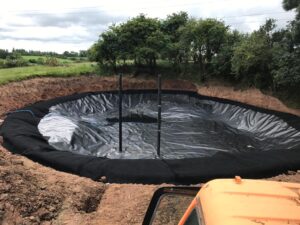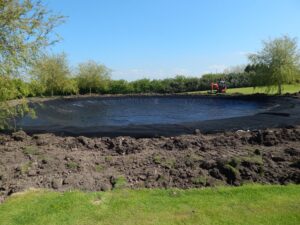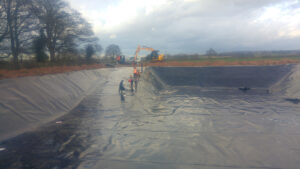What’s the Difference?
Stormwater management has become a vital part of both residential and commercial development projects. Attenuation ponds serve as effective tools to control runoff, prevent flooding and improve water quality. However, when it comes to installing these ponds, residential and commercial projects often require different approaches, expertise and scale. Understanding the differences between residential and commercial attenuation pond installers can help you choose the right professionals to meet your project’s unique needs. This blog explores the distinctions, benefits and considerations when selecting attenuation pond installers for residential versus commercial developments.
The Scope of Residential Attenuation Pond Installers
Residential attenuation pond installers typically work on smaller-scale projects such as housing estates, individual homes and community developments. Their focus is on managing stormwater runoff from relatively limited catchment areas and integrating attenuation solutions that complement residential landscapes. Installers specialising in residential projects emphasise aesthetic integration, often incorporating naturalistic designs that enhance garden spaces, parks and communal green areas. They prioritise user safety, ease of maintenance and compliance with local planning regulations that affect housing developments. Residential installers also consider the needs of homeowners, such as minimising disruption during construction and ensuring long-term reliability. Because residential projects are generally smaller, the installation process tends to be quicker and less complex. However, attention to detail remains crucial to ensure that attenuation ponds effectively reduce flood risk and contribute positively to the local environment.
The Role of Commercial Attenuation Pond Installers
Commercial attenuation pond installers handle much larger and more complex projects. These can include office parks, retail centres, industrial sites and large mixed-use developments. The scale of commercial projects means that ponds often need to manage significantly higher volumes of stormwater runoff and adhere to stricter environmental and planning regulations. Installers working in the commercial sector must possess extensive technical expertise in hydrology and civil engineering to design ponds that can accommodate variable runoff patterns from large impermeable surfaces such as parking lots, rooftops and paved areas. Their designs also need to integrate seamlessly with existing drainage infrastructure and incorporate advanced features like automated flow control systems. Additionally, commercial projects often involve multiple stakeholders, including developers, local authorities and environmental agencies. Commercial attenuation pond installers navigate this complexity by ensuring regulatory compliance, providing detailed documentation and coordinating with other contractors to maintain project timelines and budgets.
Differences in Design and Installation Approaches
The design and installation of attenuation ponds vary significantly between residential and commercial projects. Residential ponds are often designed with more natural shapes, vegetation and landscape features that create visually appealing green spaces. The priority is to blend stormwater management with community amenity and ecological enhancement. In contrast, commercial attenuation ponds prioritise capacity, durability and operational efficiency. They often feature engineered embankments, robust liners to prevent leakage and carefully controlled inflow and outflow systems. Commercial installations require meticulous planning to handle peak storm events and to minimise risks to nearby infrastructure and property. Installation timelines can also differ. Residential ponds may be installed relatively quickly with smaller teams, whereas commercial projects demand larger crews, specialised machinery and rigorous project management due to their complexity and scale.
Choosing the Right Installer for Your Project
Selecting attenuation pond installers with experience tailored to your project type is essential. Residential projects benefit from installers who understand landscaping, community impact and homeowner concerns. Their ability to create attractive, functional ponds that comply with local regulations can enhance property values and neighbourhood satisfaction. For commercial developments, it is crucial to choose installers with proven expertise in handling large-scale stormwater management systems. These professionals must be adept at meeting stringent regulatory requirements, coordinating with multiple parties and delivering technically complex solutions that ensure long-term resilience and compliance. In both cases, look for installers with strong reputations, positive client feedback and a commitment to sustainable practices. Companies like Enviroseal offer a broad range of services and the flexibility to tailor solutions for both residential and commercial attenuation pond projects.
Tailoring Attenuation Pond Installation to Your Development Needs
While attenuation ponds serve the same fundamental purpose across residential and commercial developments, the differences in scale, complexity and regulatory environment mean that the choice of installer can significantly impact the success of your project. Understanding the unique requirements of your development will help you engage the right experts to design and install attenuation ponds that provide effective flood control, environmental protection and long-term value. By selecting experienced attenuation pond installers suited to your specific project type, you ensure efficient stormwater management, regulatory compliance and enhanced community or business resilience.
For further information or to discuss project requirements, please contact Enviroseal at 01695 228 626 or enquiries@enviroseal.co.uk.

